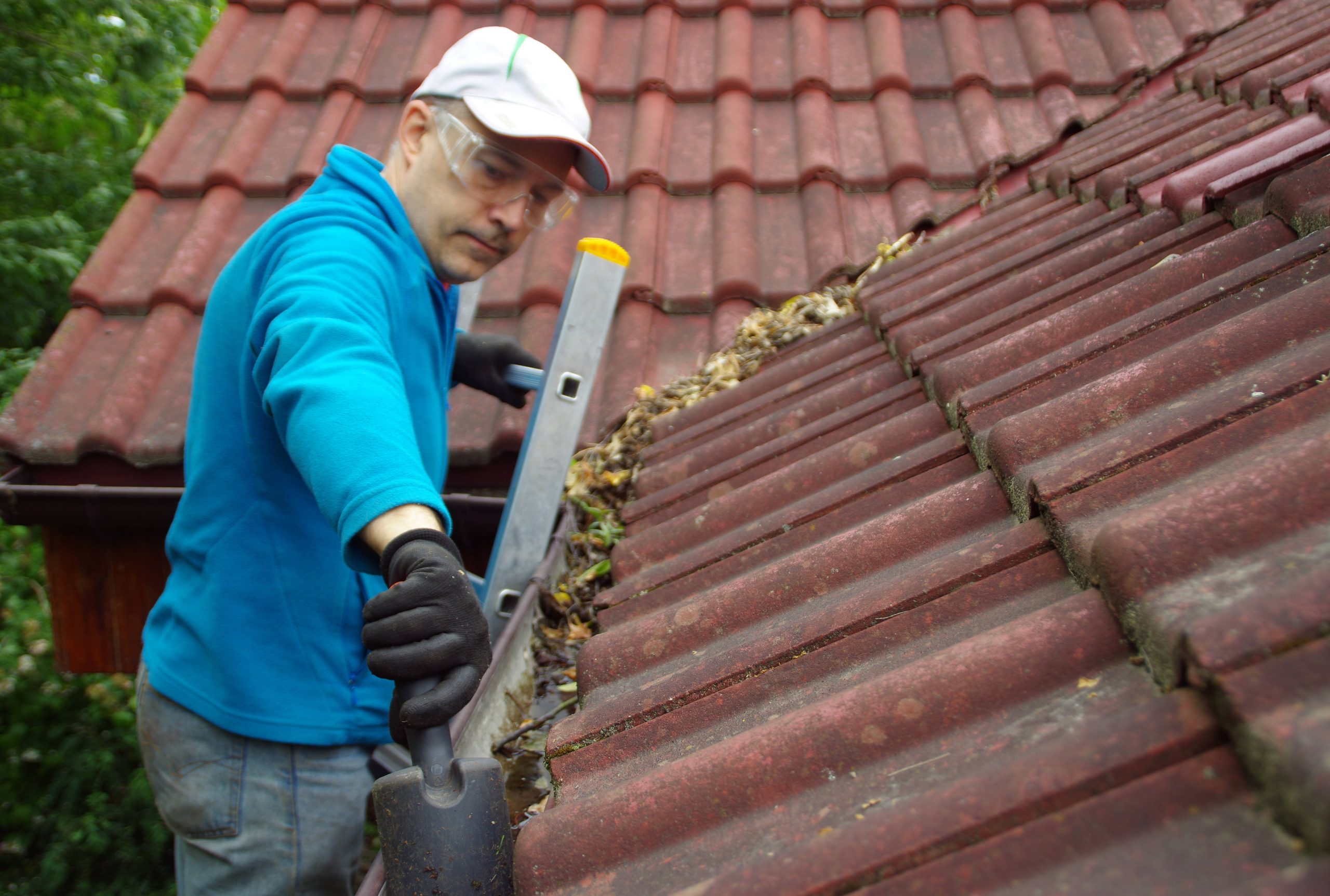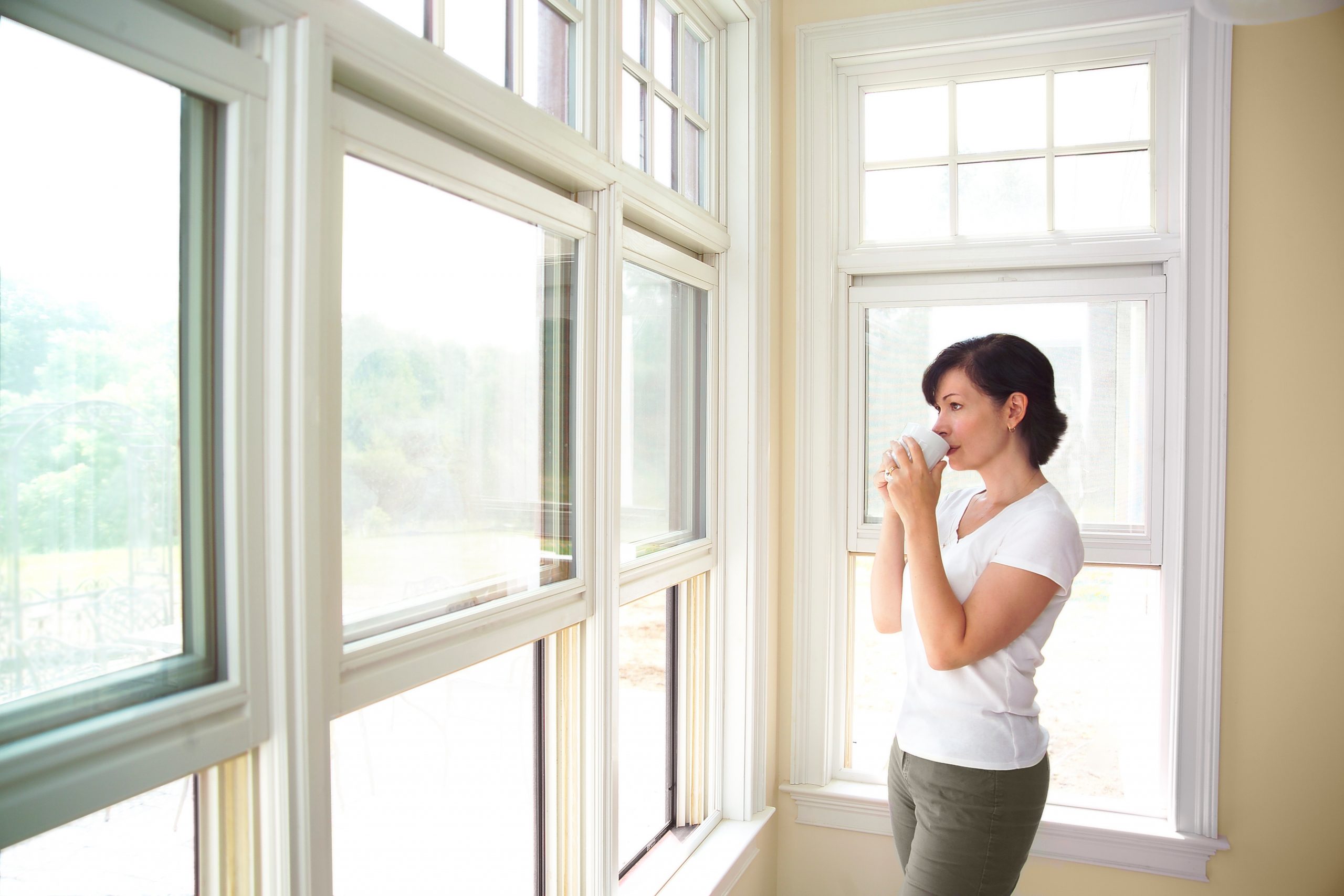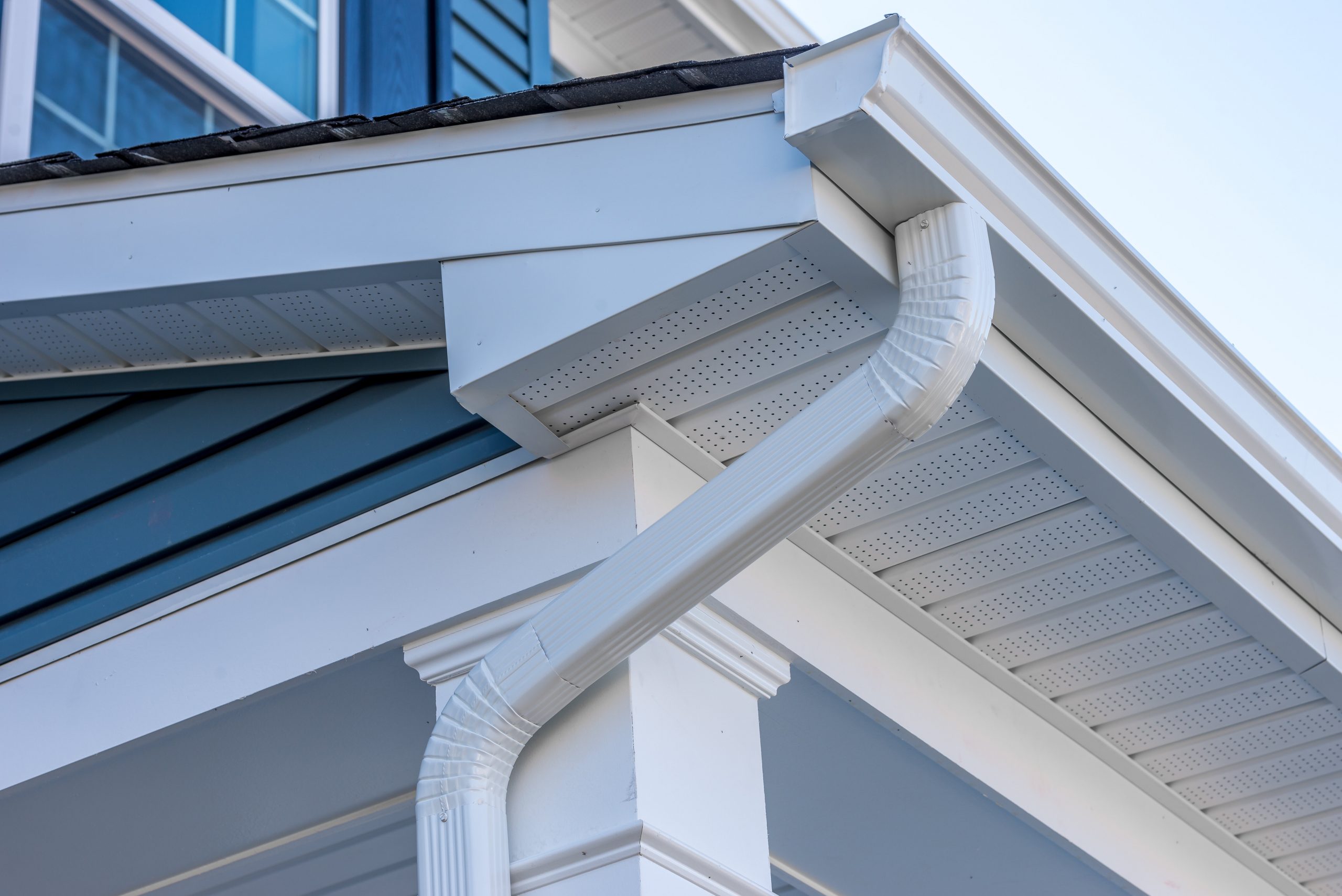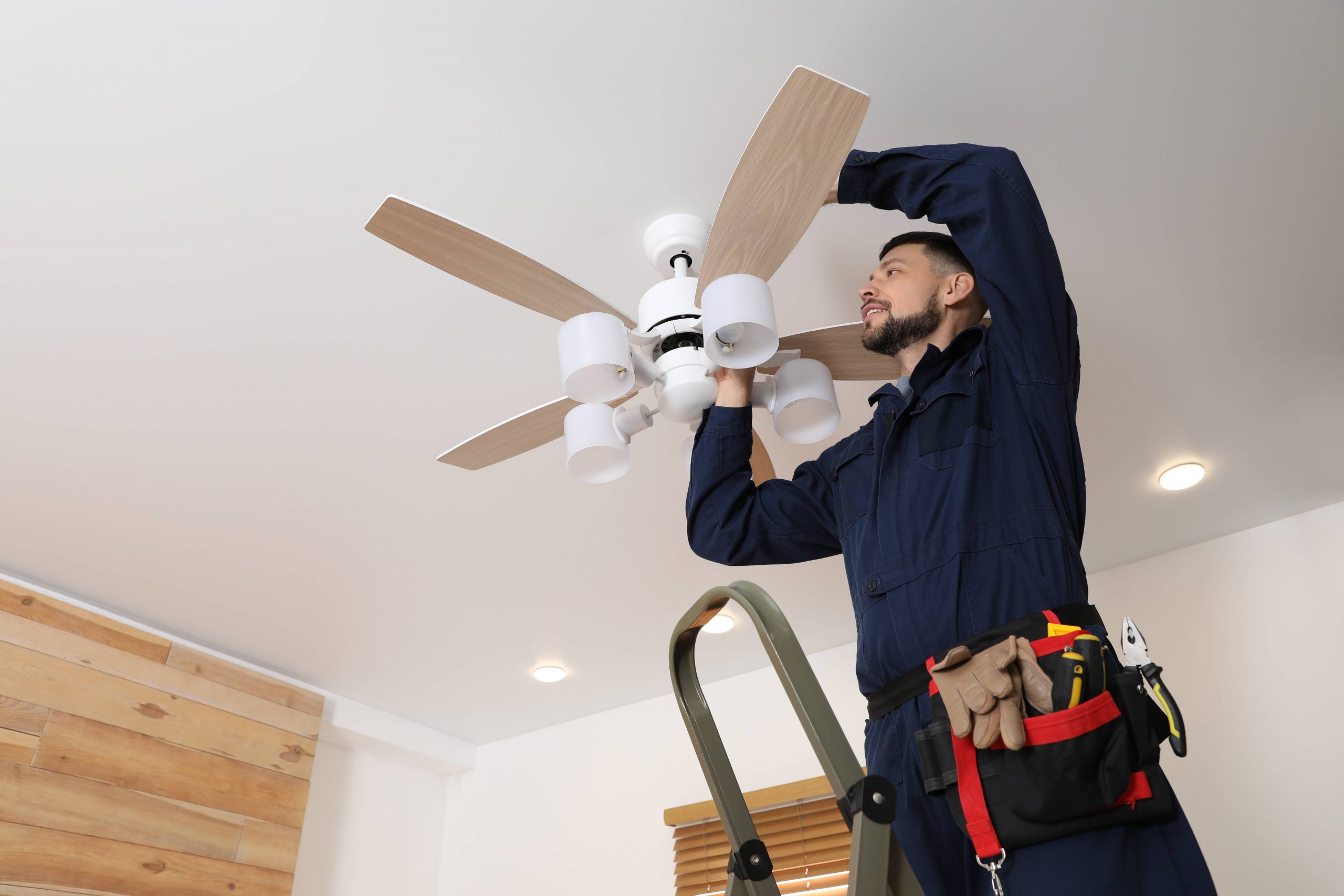Table of Contents
- The Invisible Danger of Carbon Monoxide
- Why Every Home Needs a Carbon Monoxide Detector
- Choosing the Right Carbon Monoxide Detector
- Proper Placement and Installation
- Testing and Maintenance
- What to Do if Your Detector Goes Off
- The Role of Professional Inspections
- Teaching Your Family About Carbon Monoxide Safety
- Moving Forward
Carbon Monoxide Detectors: Why Every Home Needs One
Every year, thousands of people suffer from carbon monoxide poisoning, a silent and invisible threat that can strike any household. Installing a carbon monoxide detector is one of the simplest ways to protect your family from this deadly gas. Discover why these devices are essential and how to ensure they work effectively in your home.
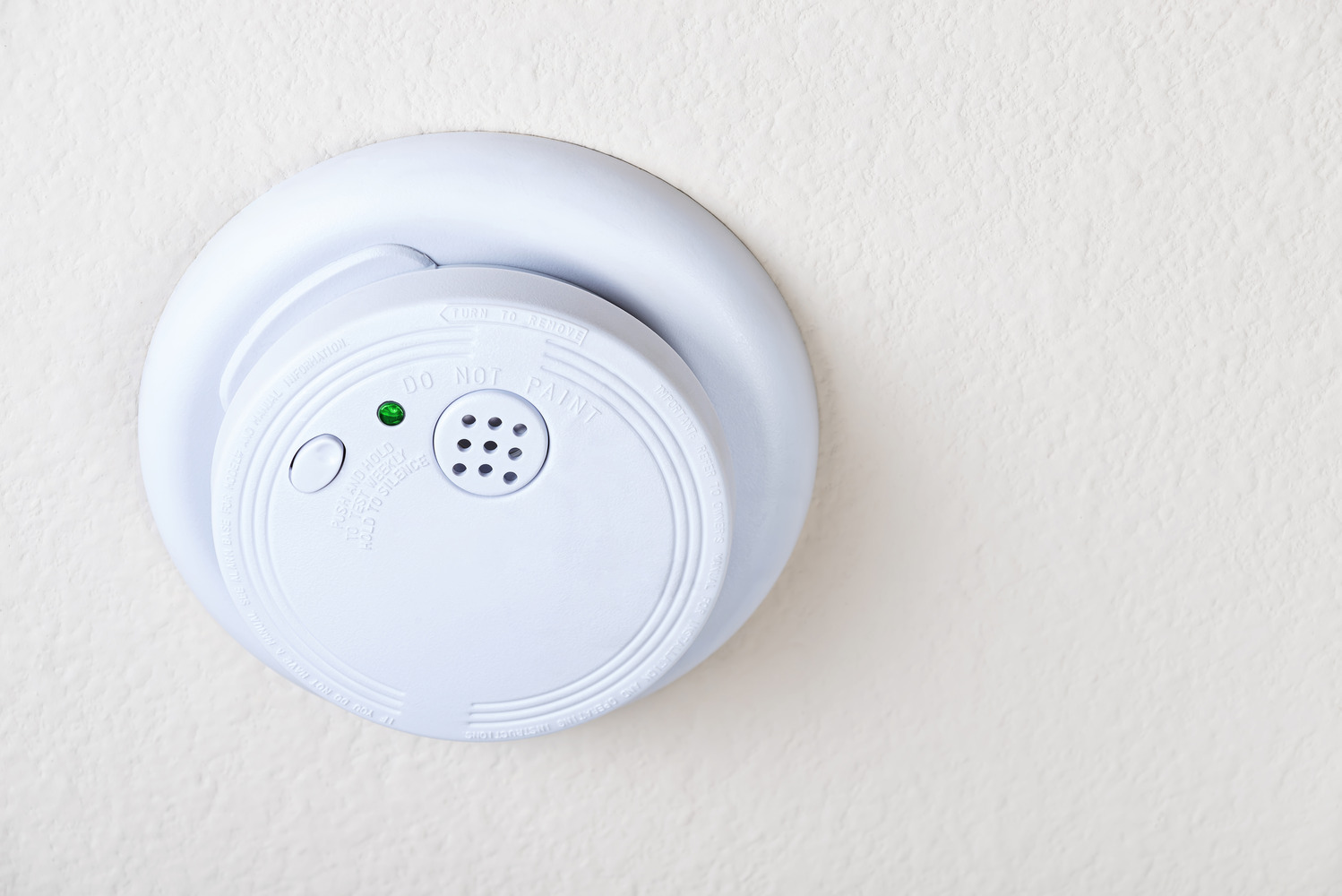
The Invisible Danger of Carbon Monoxide
Carbon monoxide (CO) is often referred to as the “silent killer” because it is odorless, colorless, and tasteless. Produced by the incomplete combustion of fuels like natural gas, wood, and propane, it can accumulate in your home without any warning signs. Common sources of CO include gas stoves, furnaces, water heaters, and vehicles left running in enclosed spaces like garages.
When inhaled, carbon monoxide prevents oxygen from entering the bloodstream, leading to symptoms such as headaches, dizziness, nausea, and in severe cases, death. The Centers for Disease Control and Prevention (CDC) estimates that more than 400 people die annually in the United States from unintentional CO poisoning. This makes the case for carbon monoxide detectors clear—they’re your first line of defense against an otherwise undetectable hazard.
Why Every Home Needs a Carbon Monoxide Detector
Carbon monoxide detectors are critical for several reasons. First, they offer early warning, allowing you to evacuate or address the problem before CO levels become lethal. Even small amounts of carbon monoxide can harm vulnerable individuals, such as children, elderly people, and those with pre-existing health conditions.
Additionally, modern homes are often built to be energy-efficient, which can sometimes trap gases inside rather than allowing them to dissipate naturally. Without a detector, you may not realize there’s a problem until it’s too late.
In many states, carbon monoxide detectors are legally required in residential buildings, especially near sleeping areas. Compliance with these laws not only keeps you safe but also ensures you’re meeting local regulations.
Choosing the Right Carbon Monoxide Detector
Not all carbon monoxide detectors are created equal, so choosing the right one for your home is important. Here are some key features to look for:
- Power Source: Detectors can be battery-operated, plug-in, or hardwired with a battery backup. Battery-operated units offer flexibility in placement, while hardwired models are more reliable during power outages.
- Digital Display: Some models include a digital screen that shows real-time CO levels, which can be helpful for monitoring even low levels of exposure.
- Combination Units: Certain detectors combine carbon monoxide detection with smoke alarms, offering two-in-one protection.
- UL Certification: Always check for a UL (Underwriters Laboratories) certification to ensure the detector meets safety standards.
Researching and investing in a high-quality detector can make all the difference when it comes to keeping your family safe.
Proper Placement and Installation
Even the best carbon monoxide detector won’t be effective if it’s installed in the wrong spot. Placement is crucial for ensuring your detector can sense CO as soon as possible.
- Sleeping Areas: Install a detector outside each bedroom or sleeping area. If your home has multiple levels, place at least one detector on every floor.
- Height Considerations: Since carbon monoxide mixes evenly with air, detectors can be installed at various heights. However, following the manufacturer’s guidelines is important for optimal performance.
- Proximity to Sources: Avoid placing detectors too close to appliances that may emit small amounts of CO during normal operation, such as gas stoves, to prevent false alarms.
Mounting the device securely and testing it immediately after installation ensures it’s ready to protect your household from day one.
Testing and Maintenance
Regular maintenance is key to keeping your carbon monoxide detector in working order. Neglecting this step could render the device ineffective, putting your family at risk.
- Monthly Testing: Press the test button on your detector at least once a month to ensure it’s functioning properly.
- Battery Replacement: If your detector is battery-operated or has a battery backup, replace the batteries at least once a year or whenever the low-battery indicator sounds.
- Sensor Lifespan: Most carbon monoxide detectors have a lifespan of 5–7 years. Check the expiration date on your device and replace it as needed.
Keep in mind that regular dusting or cleaning around the detector is also important. Accumulated debris can interfere with its ability to sense CO.
What to Do if Your Detector Goes Off
A carbon monoxide alarm can be alarming, but knowing how to respond can save lives. Here’s what to do:
- Evacuate Immediately: Leave the building and ensure everyone, including pets, exits safely.
- Call for Help: Contact your local fire department or a professional to inspect your home for CO sources.
- Ventilate the Space: Open windows and doors to allow fresh air to enter and dilute any carbon monoxide.
- Seek Medical Attention: If anyone experiences symptoms of CO poisoning, such as headache or nausea, get medical help immediately.
Don’t ignore an alarm, even if you think it might be a false one. It’s always better to be cautious when it comes to your family’s safety.
The Role of Professional Inspections
While carbon monoxide detectors provide crucial protection, regular inspections of appliances and heating systems can help prevent CO buildup in the first place. Hire a qualified technician annually to check your furnace, water heater, and other fuel-burning appliances.
Chimneys and vents should also be inspected for blockages or leaks. Something as simple as a bird’s nest in a vent can create dangerous conditions. By staying proactive, you can minimize the risk of carbon monoxide in your home.
Teaching Your Family About Carbon Monoxide Safety
Educating your household about the risks of carbon monoxide and the role of detectors is just as important as installing the devices themselves. Teach everyone how to recognize symptoms of CO poisoning and what to do if the alarm goes off.
Children, in particular, should know not to tamper with detectors or remove their batteries. Creating a family emergency plan that includes evacuation routes and contact numbers can further enhance your preparedness.
Moving Forward
Investing in carbon monoxide detectors is a small price to pay for the safety and well-being of your family. By choosing the right devices, installing them correctly, and maintaining them regularly, you can significantly reduce the risk of CO poisoning. Don’t wait until it’s too late—look into adding or upgrading your carbon monoxide detectors today to ensure peace of mind for years to come.
